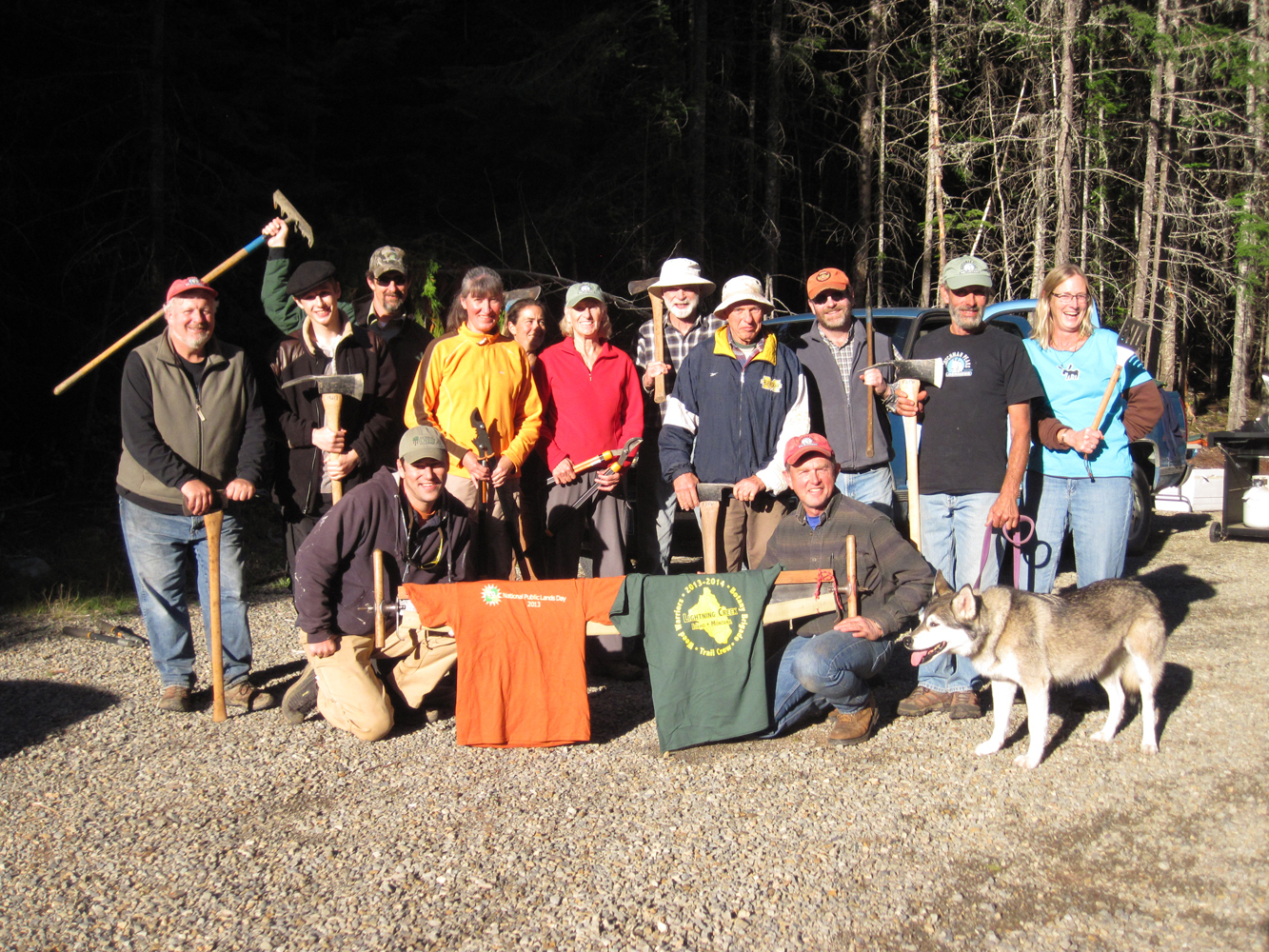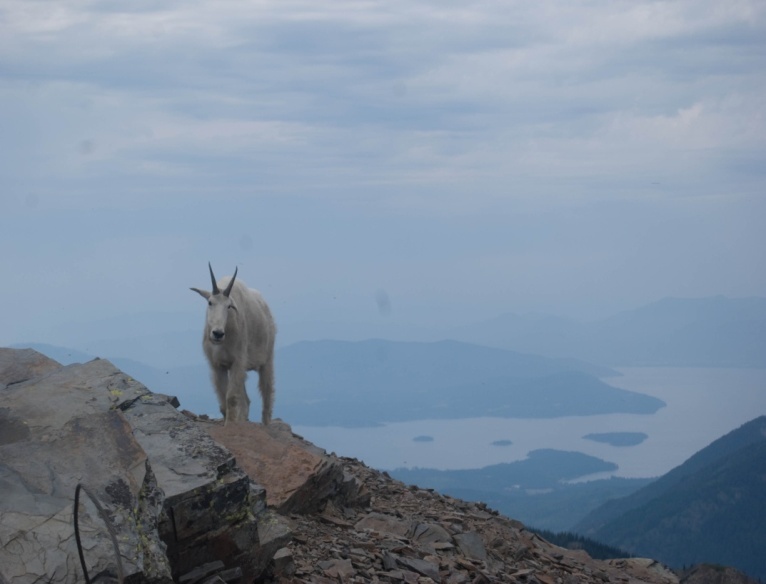Stunning Outdoor Experiences
Known for its iconic mountain goat herd, the Scotchman Peaks are home to numerous species of wildlife and fish, old growth forest, popular recreation trails, and scenic views of Lake Pend Oreille and the surrounding mountains. The range’s namesake, Scotchman Peak, is the high point at 7,009 feet.
People of all ages and interests can find something fun to do in the Scotchmans. As noted by the Friends of Scotchman Peaks Wilderness, the organization championing stewardship of the Peaks, “Whether you’re facing the gnarliest snow adventure of your life or taking a summer stroll through the Ross Creek Cedars, the Scotchmans will…fascinate, fulfill and lead hikers deeper into wilderness as well as into themselves.”
Engaged Communities
Travelers will find excellent accommodations, food, and hospitality in the nearby communities of Clark Fork, Hope and Sandpoint, Idaho, as well as Troy, Noxon and Heron, Montana.
Community members value the peaks, and schoolchildren, county commissioners, local businesses, and many volunteers engage in year-round stewardship activities. For example, hardy volunteers head out on snowshoes to monitor elusive wolverines, and summer enthusiasts survey noxious weeds and apply treatments to White Bark Pine.
Learn more about how you can get involved.

Wilderness
Idaho Senator Jim Risch recently introduced legislation to designate the proposed Scotchman Peaks Wilderness Area in Bonner County, Idaho. If Congress enacts the Scotchman Peaks Wilderness Act, they will designate approximately 13,900 acres of National Forest land as wilderness.
Supporters have been working to protect Scotchman Peaks for over 10 years. As a result, the bill has garnered broad community support, including representatives of the forest products industry, local business owners, hunters and anglers, outdoor recreationists, elected officials, and editorial boards.
There are some parts of the National Forest that should be managed for forest products and some parts of the forest that should be managed for wilderness. The Scotchman Peaks Wilderness proposal is a collaborative process that involved local community as well as diverse stakeholders whose efforts should be considered as a blueprint for how to satisfactorily resolve complicated land allocation decisions.
Mountain Goats
Poised and playful, the iconic Scotchman Peaks mountain goats draw visitors from around the region to snap photos from Scotchman Peak and other vantages.
Sadly, in 2015 the Forest Service temporarily closed Scotchman Peak Trail when goats become habituated by human behavior (after being fed and approached for photo ops) and behaved aggressively around humans. The Forest Service and Friends of Scotchman Peaks Wilderness now focus on educating the public about goats and their habits – and how to be safe around them – by training mountain goat educators and trail ambassadors to patrol heavily used trails.

A Treasured Landscape
As part of the Treasured Landscapes, Unforgettable Experiences conservation campaign, the NFF is working with North Idaho communities to support the health of Lightning Creek on the Idaho Panhandle National Forest. The wettest area in Idaho, Lightning Creek receives an average of 90 inches of precipitation a year. Floods are a common occurrence in the watershed due to the steep slopes and amount of snow and rain.
Together with local partners and the Forest Service, we have completed surveys for whiteback pine restoration - an important food for grizzly bears and Clark's nutcracker. We have reduced sedimentation and added large woody debris to support high-quality fish habitat.
Learn more about the NFF's Work in the Scotchman Peaks here.

